Forsythia Rejuvenation Pruning: Tips On Hard Pruning Forsythia Bushes
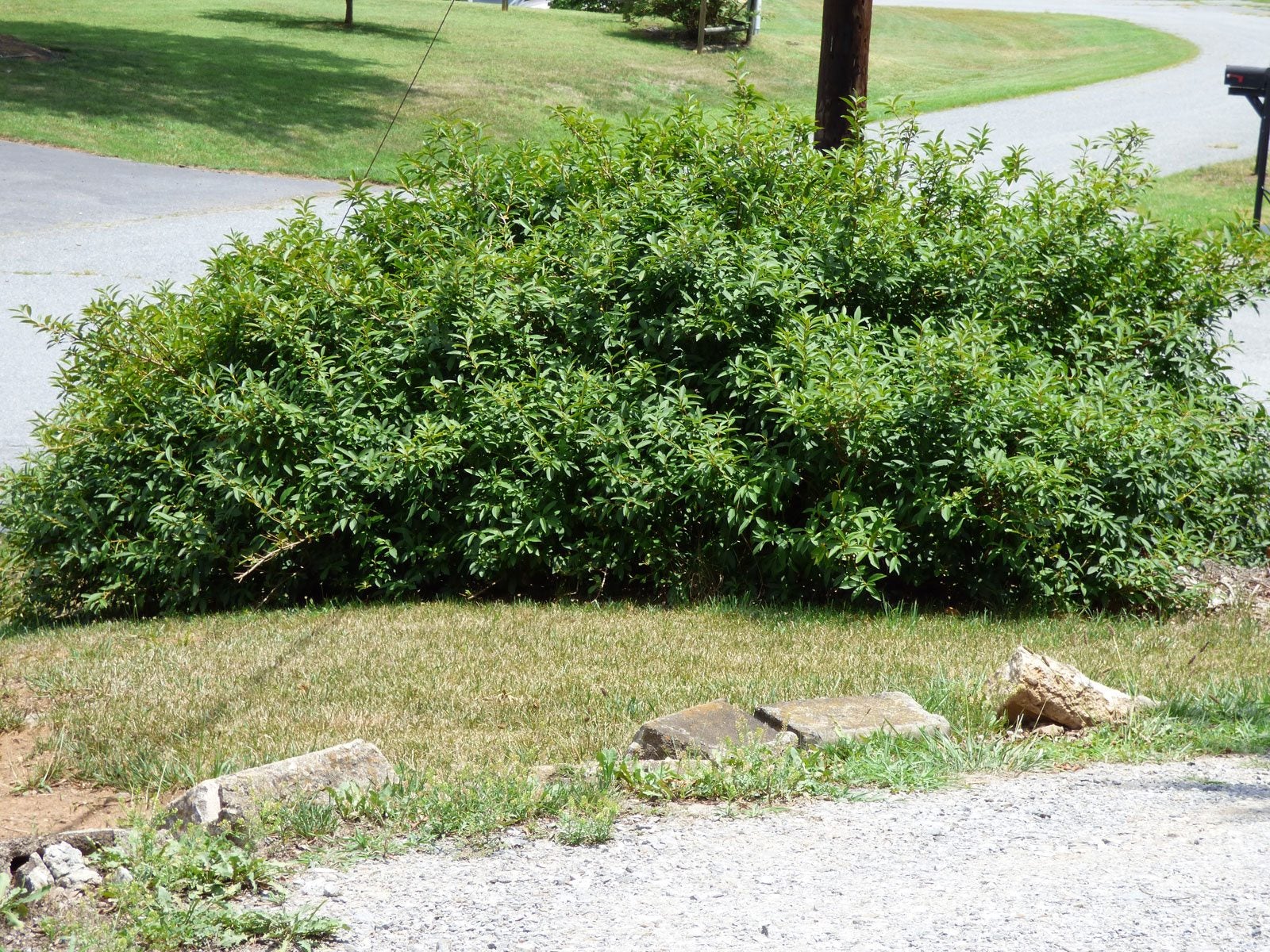

You probably have an old forsythia, or know someone that does, in the landscape. While these start out as attractive landscape shrubs, over time they can lose their luster. Keep reading to learn more about hard pruning forsythia bushes once they’ve outgrown their space.
Rejuvenating Old Forsythia Shrubs
Forsythia shrubs are known for their excellent display of bright yellow flowers in late winter or early spring. These fountain shaped shrubs originated in Korea and China. They are deciduous and typically stand 6 to 10 feet (2-3 m.) tall. There are a couple dozen cultivars that come in a variety of sizes as well as leaf and flower color. Forsythias are great for screening out unsightly views and are excellent in the back of a mixed border planting. All that being said, forsythias look best with annual pruning maintenance. Like many large flowering shrubs, they can grow leggy, woody, and rangy over time. It is important to know how to rejuvenate forsythias so you can bring back their attractive natural form and encourage more robust flowering.
When and How to Rejuvenate a Forsythia
One form of forsythia rejuvenation pruning is to remove one-third of all the branches at their base. Some people suggest you do this regularly once the shrub is mature. Remove the oldest branches, as they produce fewer flowers over time. You can also remove any branches that cross over the others or look weak and unhealthy. This type of rejuvenation, which is called thinning, will encourage new branches to form. Thin your forsythia in late fall or early spring before the flowers form. Since forsythias bloom on old wood (stems that formed the previous summer), you’ll still have the remaining branches for flower display. New branches will have to be thinned if you get too many. Keep the healthiest looking ones. They will bloom their second year. If you are wondering when to hard prune forsythias, the best answer is when the shrub gets really rangy looking, is overgrowing its space, or has dramatically reduced flowering due to old age. Hard pruning forsythias is best done in late fall. It is actually an easy technique. You simply cut all the branches to the ground. A whole new set of branches will emerge the following spring. Once they have grown in, select the best branches to keep. You will once again have a fresh-looking, young plant with more productive flowering. Please note that hard pruning forsythia shrubs will cause you to lose one season of blossoms. Remember, they bloom on old wood. Another caveat is that if your forsythia is really old or otherwise unhealthy, it may not respond to hard pruning rejuvenation. It may die. So, there is a bit of risk with forsythia rejuvenation pruning. You can rejuvenate your forsythia every three to five years. Forsythia plants are happy plants. They tell us spring is here or at least just around the corner. Take care of them and they will bring you years of springtime happiness.
Gardening tips, videos, info and more delivered right to your inbox!
Sign up for the Gardening Know How newsletter today and receive a free copy of our e-book "How to Grow Delicious Tomatoes".

Karen Boness is the founder of Wild Willow Design, an Australia-based company that specializes in ecological landscape design.
-
 Looking For Plants To Give You The Soft And Fuzzies? Try These 5 Fuzzy Leaf Plant Options
Looking For Plants To Give You The Soft And Fuzzies? Try These 5 Fuzzy Leaf Plant OptionsLovers of texture, drama, silver foliage and tactile plants will adore these special sensory garden additions. These fuzzy leaf plant options will leave you all aglow
By Susan Albert
-
 Get Ready For A Summer Of Hummers! Grow These Full Sun Hummingbird Plants and Flowers
Get Ready For A Summer Of Hummers! Grow These Full Sun Hummingbird Plants and FlowersIf you’re lucky enough to enjoy a sunny backyard, make sure you are maxing out on your pollinator opportunities and grow these full sun hummingbird plants and flowers
By Tonya Barnett
-
 Forsythia Winter Damage: How To Treat A Cold Damaged Forsythia
Forsythia Winter Damage: How To Treat A Cold Damaged ForsythiaForsythia plants produce many stems and often need pruning to keep looking their best. Cold or windy winters may injure forsythias, but they usually recover. If you are wondering how to treat a cold damaged forsythia, this article will help.
By Teo Spengler
-
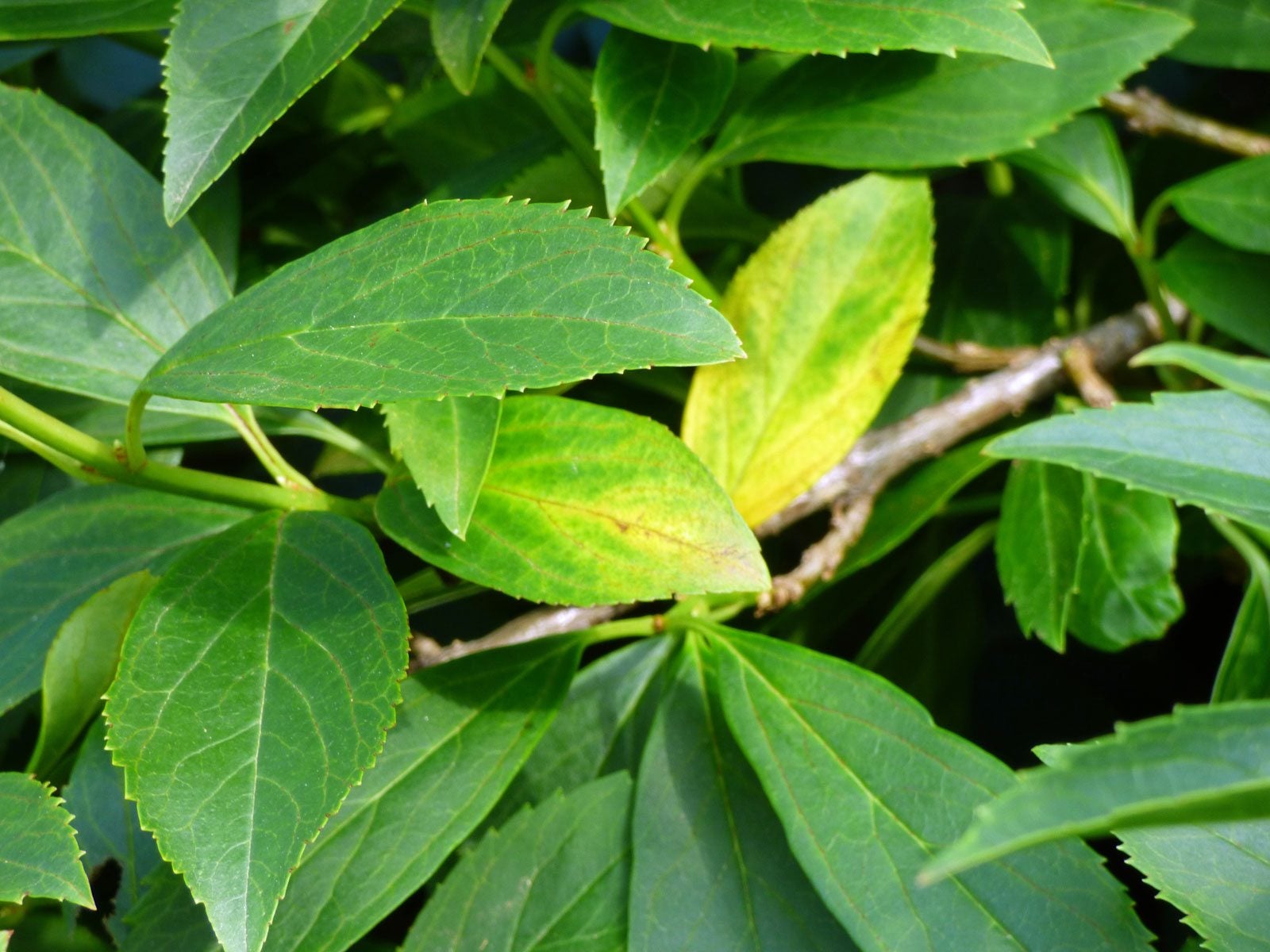 Forsythia Leaves Turning Yellow – Reasons For Yellow Leaves On Forsythia
Forsythia Leaves Turning Yellow – Reasons For Yellow Leaves On ForsythiaIf you see your forsythia leaves turning yellow, it could be a sign of a significant fungal issue. Yellowing forsythia bushes are normal before fall leaf drop but during the growing season it's time for action. Learn more here.
By Bonnie L. Grant
-
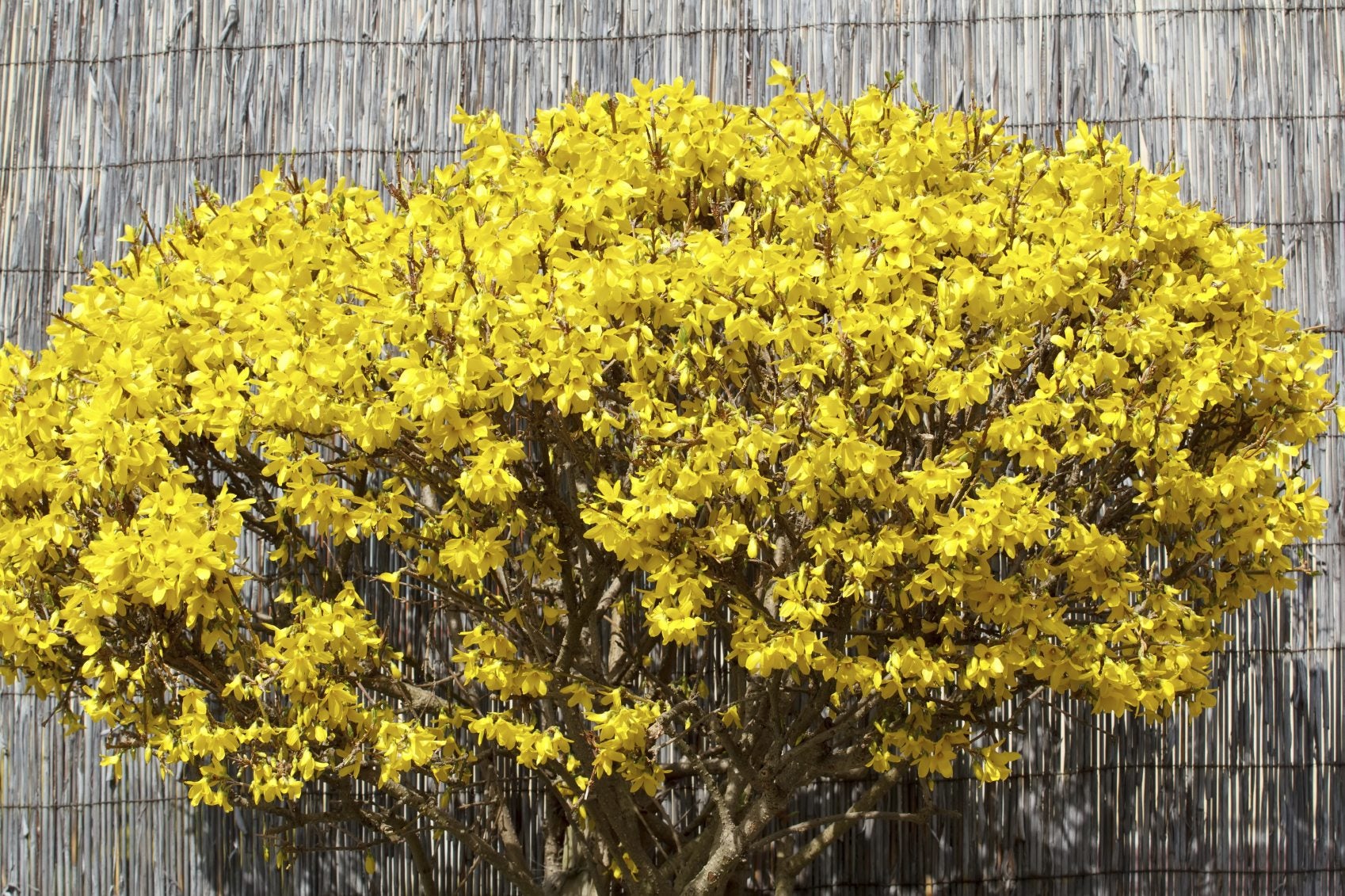 Varieties Of Forsythia: What Are Some Common Forsythia Bush Varieties
Varieties Of Forsythia: What Are Some Common Forsythia Bush VarietiesKnown for its bursts of brilliant yellow color that arrive even before the first leaf unfurls, forsythia is a delight to behold. But what other types are there? Find out about some popular forsythia varieties in this article. Click here for more info.
By Jackie Carroll
-
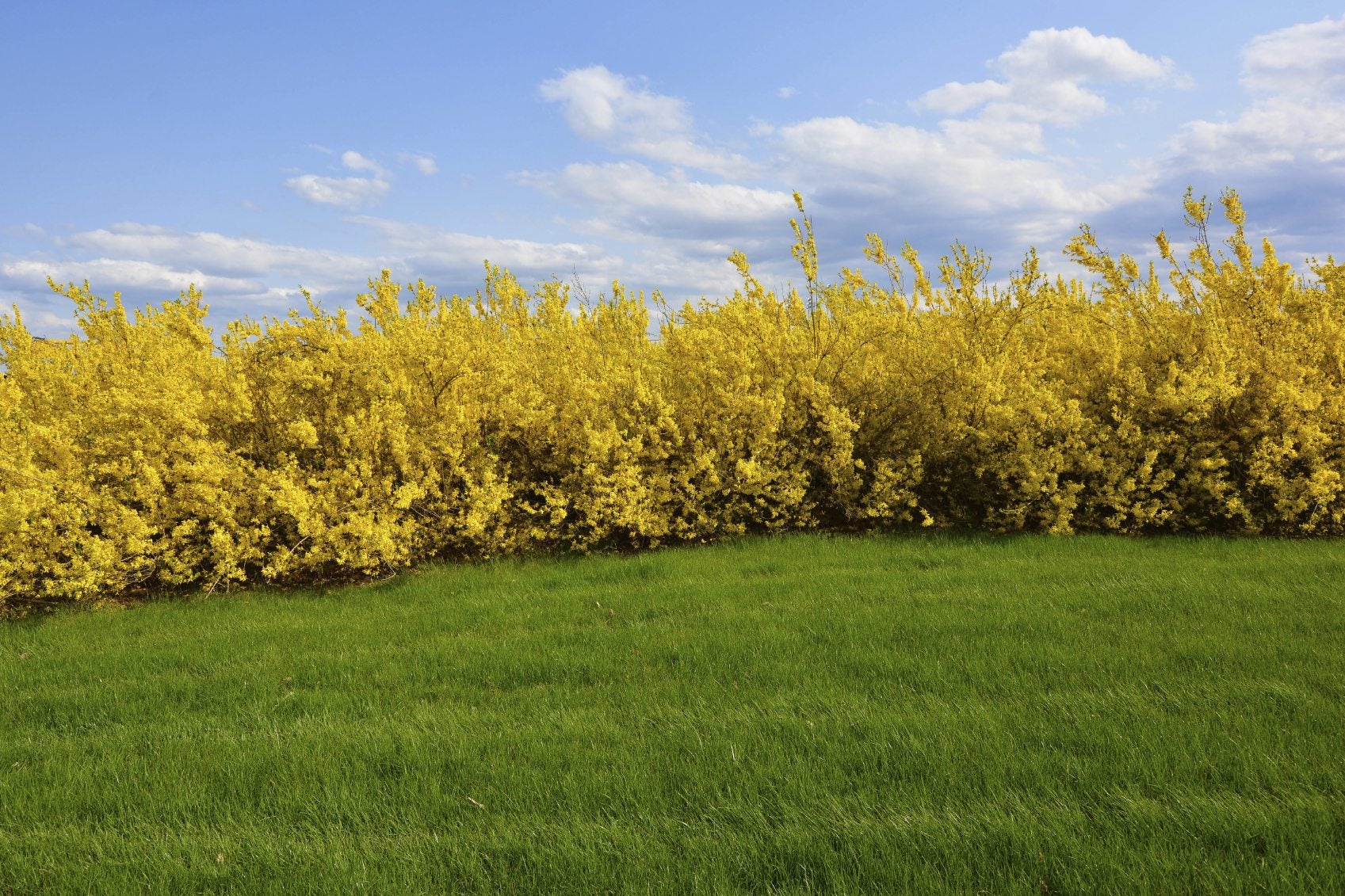 Planting Forsythia Hedges: Tips On Using Forsythia As A Hedge
Planting Forsythia Hedges: Tips On Using Forsythia As A HedgeIf you plan on using forsythia as a hedge, it is important to plant them correctly. This article has information on planting forsythia hedges and forsythia hedge pruning so you can find success with this type of hedge. Click here to learn more.
By Teo Spengler
-
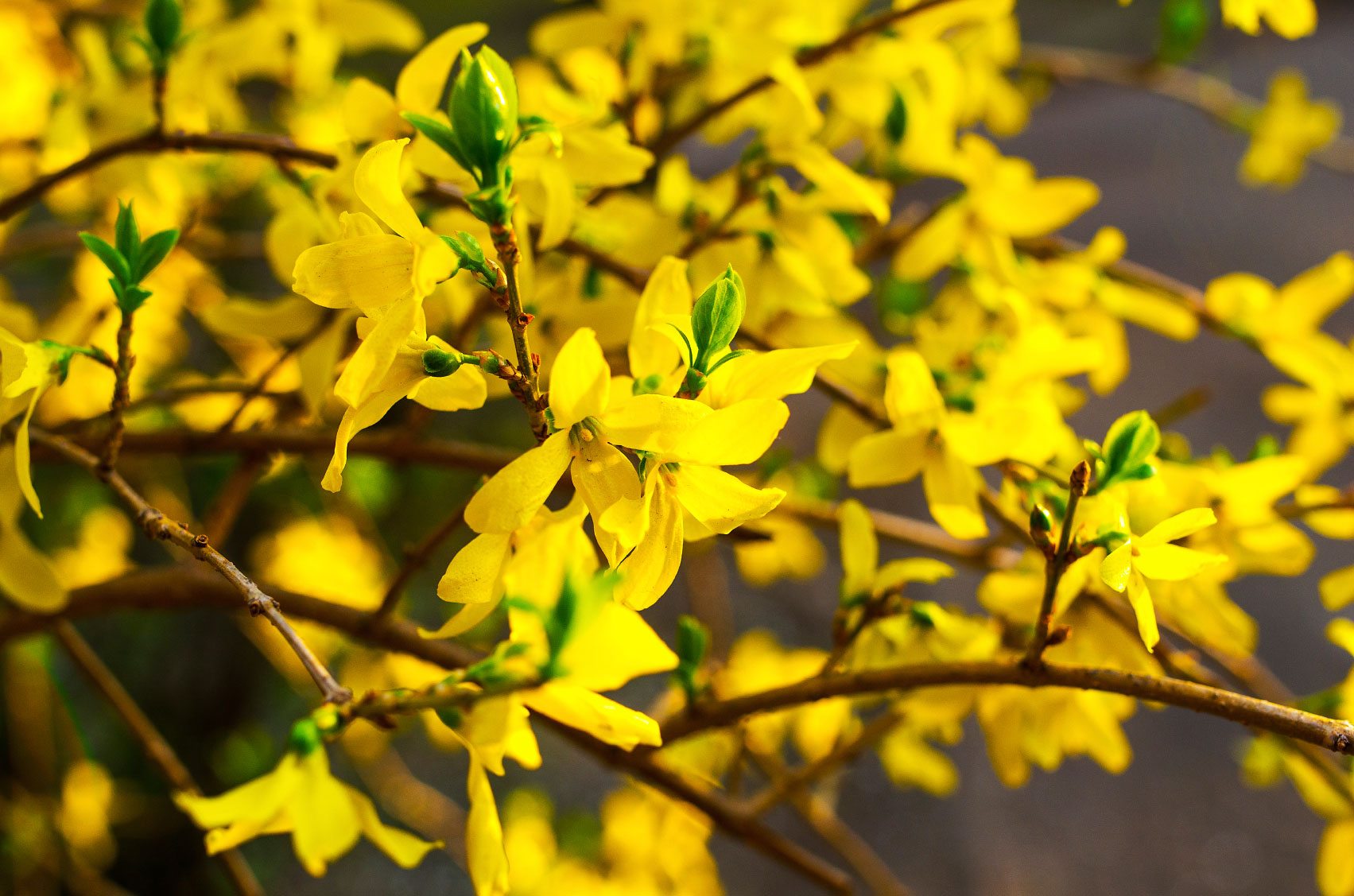 Can You Propagate Forsythia: How To Propagate Forsythia Shrubs
Can You Propagate Forsythia: How To Propagate Forsythia ShrubsForsythia bursts into bloom in late winter, well ahead of most other early-season shrubs. They look fantastic in groupings and shrub borders. If you can't get enough of them, read this article to find out about propagating forsythia plants.
By Jackie Carroll
-
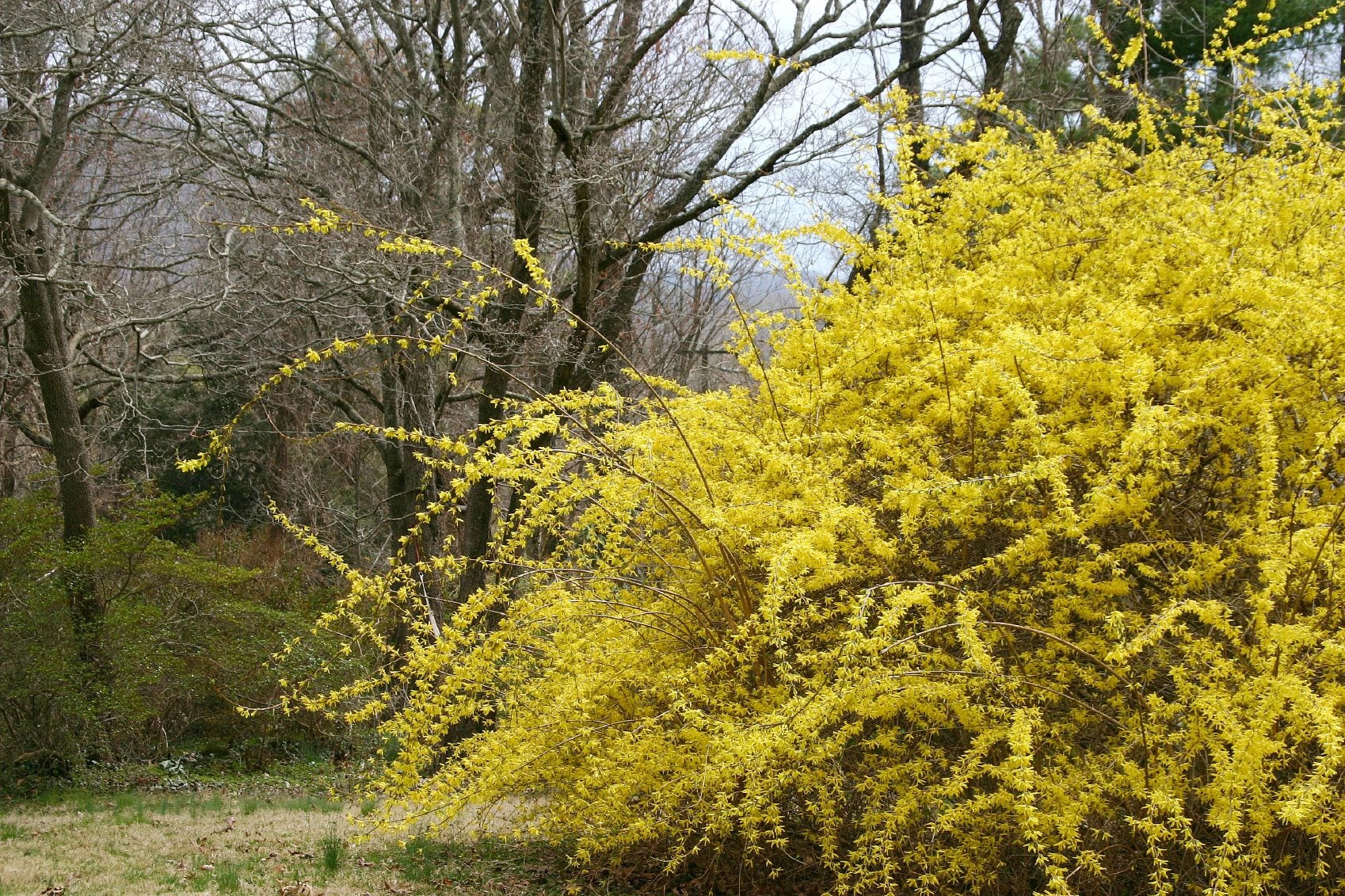 Tips For Growing A Weeping Forsythia Shrub
Tips For Growing A Weeping Forsythia ShrubA true harbinger of spring, forsythia blooms in late winter or spring. Weeping forsythia is slightly different from its cousin, the border forsythia, in that it has trailing branches. This article explains how to care for this large, graceful shrub.
By Jackie Carroll
-
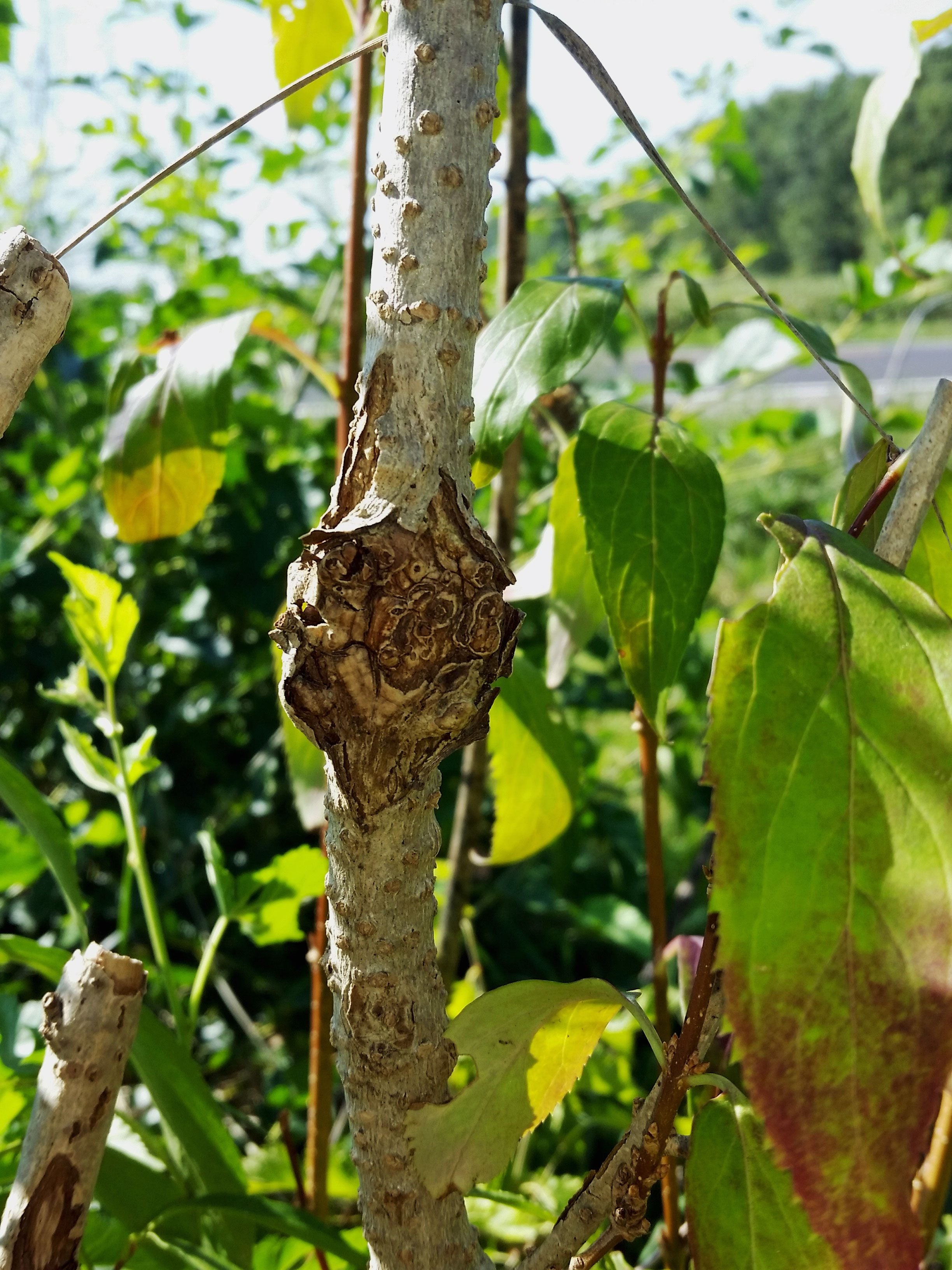 Forsythia Gall Treatment: How To Fix Phomopsis Gall On Forsythia Bush
Forsythia Gall Treatment: How To Fix Phomopsis Gall On Forsythia BushForsythia shrubs are well known for their beauty and tenacity, but even the toughest of these shrubs can become sickly in the presence of phomopsis galls. Read this article to find out how to manage this unsightly fungus.
By Kristi Waterworth
-
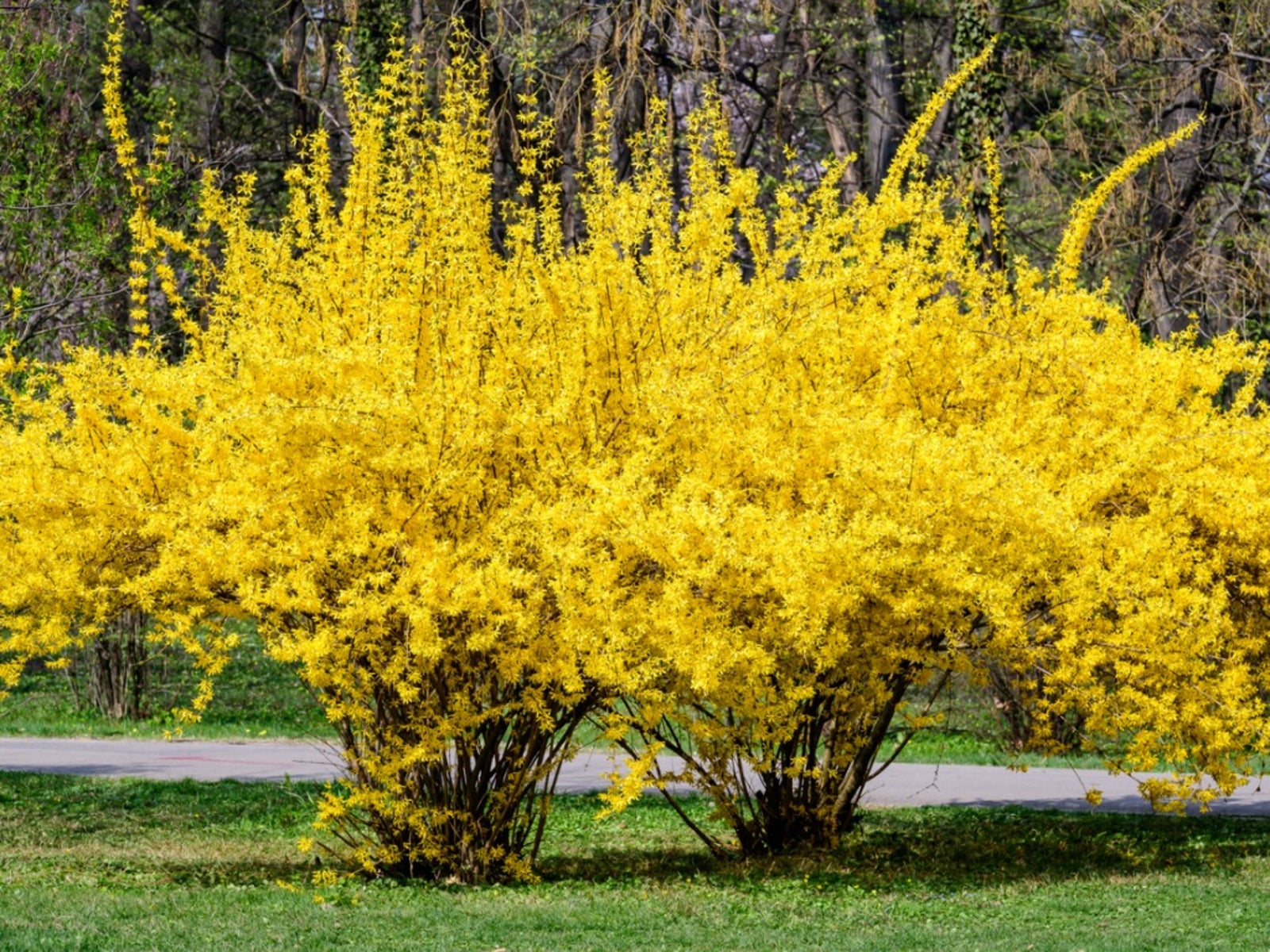 Reasons Why A Forsythia Will Not Bloom
Reasons Why A Forsythia Will Not BloomNothing says spring like those bright yellow blooms. But what happens when spring comes and nothing happens? If there are no blooms on the forsythia bush, it helps to pinpoint the issue. This article will help.
By Jackie Rhoades